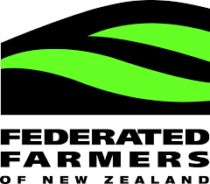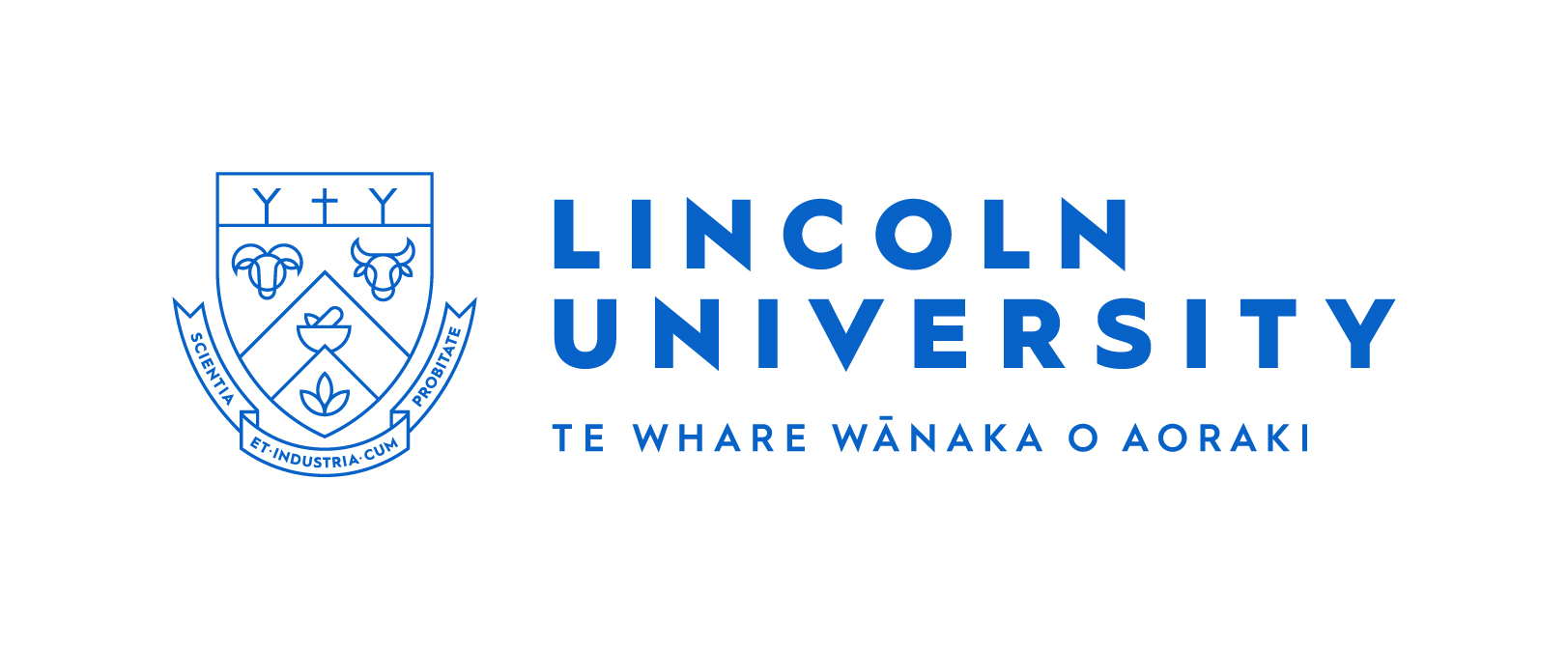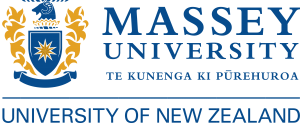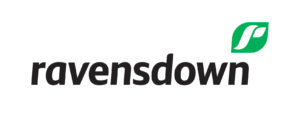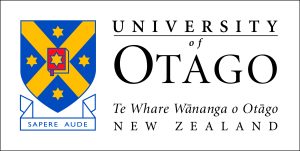Eight projects ranging from testing the purity of agricultural lime and dolomite to improving methods to determine monthly dairy cattle populations are receiving backing from the Ministry for Primary Industries’ (MPI’s) Greenhouse Gas Inventory Research (GHGIR) fund.
Agriculture and forestry have a major influence on New Zealand’s greenhouse gas profile and the research will help with the management of national reporting of greenhouse gas emissions, says MPI investment programmes director Steve Penno.
New Zealand reports annually on national estimated greenhouse gas emissions to the United Nations Framework Convention on Climate Change as part of our commitment under the Kyoto Protocol. MPI manages the Agriculture Greenhouse Gas Inventory, which estimates agricultural emissions in New Zealand. It is also responsible for estimating future emissions from forestry, land-use change, and agriculture, and advising on forest carbon accounting rules.
“Emissions from the agricultural sector make up nearly half of New Zealand’s gross emissions and are mostly made up of methane and nitrous oxide,” says Mr Penno.
“The research we’re funding through the GHGIR fund will inform policy decisions, improve the accuracy of our inventory, and help our agriculture and forestry sectors to manage their greenhouse gas emissions.”
MPI invited applications on a range of research priorities, but applicants were also able to propose new and original research topics.
“We’re excited by the breadth of applications we received,” says Mr Penno.
“The projects we’ve selected aim to deliver robust research with practical outcomes.”
The GHGIR fund has annual funding of $1.7 million and was run as a funding round for the first time last year.
Project summaries
- Purity of agricultural lime and dolomite (On-Farm Research) – $57,200
Assessing the purity of agricultural lime and dolomite used across New Zealand.
- Temporal and spatial trends in dairying on slopes across New Zealand (AgResearch) – $119,735
Quantifying the total number and proportion of dairy cattle grazing on slope classes, from 1990 to present, using geospatial data at national and regional scales.
- Dairy cattle monthly population model (AgResearch) – $91,155
Improving the methods to determine monthly dairy cattle populations in New Zealand’s inventory model using national databases and expert knowledge.
- A review and update of the nutrient transfer model (AgResearch) – $200,000
Reviewing and improving the nutrient transfer (NT) model to capture new knowledge on topography and animal behaviour using national databases and expert knowledge.
- Afforestation Economic Modelling (UC) – $100,000
Economic modelling on the impact of carbon price and ETS accounting rules on afforestation (in permanent and production forestry) by region and land class.
- N2O emissions from nitrogen fertilisers (AgResearch) – $37,500
Using a fully geospatial approach to provide maps and regional summaries of the current distribution of dairy cattle across slope classes. This provides a more accurate and robust assessment than using simplified farm typologies, and can also be extended to sheep and beef.
- Lifestyle block analysis (AbacusBio) – $100,000
Working with MPI to obtain and compile robust, authoritative data on the number and characteristics of lifestyle blocks and farmlets in New Zealand.
- Quantifying sequestration by farm vegetation (Scion) – $175,000
Determining the extent, carbon stock, and carbon sequestration potential of farm vegetation.
Source: Ministry for Primary Industries

